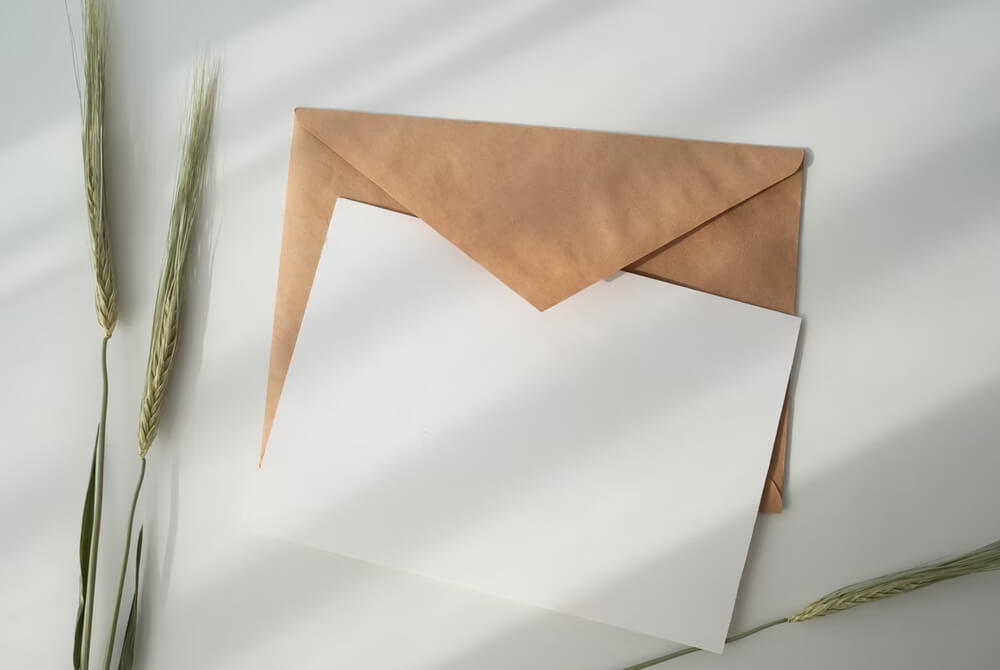
8 Tips to Improve Donor Relationships and Increase Collections
Collecting donations from patrons must go beyond a simple “thank you.” If your organization finds it tough to retain donors in the long-term, you definitely have an issue. Then again, maybe you’re simply trying to get more repeat donors. Either way, you need to look into how engaged your donors are and how to engage them further. Here are eight tips to help you improve your relationships with every donor and, ultimately, collect more.
1. Know What Impacts Engagement
A highly engaged donor may not necessarily donate more than a less engaged donor, but they are more in touch with your organization’s mission and work. That makes them highly valuable to your organization because it means they are more likely to stick around for the long-term, more likely to help out in other ways beyond donating, and more likely to tell others about your organization as a brand advocate.
With this in mind, you need to focus on more than how much people are giving. You should look at many different factors that determine how engaged a particular donor is, like volunteering, event attendance, email CTR, social media interactions, website visits, and how often they give. This information will help you recognize when you need to reach out to donors to keep them on board and also who you should turn to first when you need a major gift.
2. Be Mindful of Retention Rates
To ensure efficiency, an organization has to measure its donor retention rate. This number indicates will tell you how well your organization is maintaining donor relationships and it’s the best metric you can use to measure any strategies you implement.
A high retention rate means you are doing an excellent job engaging donors and keeping them active within your organization. On the other hand, a low retention rate means you probably aren’t doing enough to keep donors interested in your work. You’ll have to do more to show them that their donation is making an impact and, more importantly, that you need them to help you continue doing whatever motivated them to donate in the first place.
3. Donor Relationships Require Honesty

While you should be tracking a variety of metrics to help you stay on top of your relationships with different donors, sometimes you can reveal even more information (and identify donors that may be at risk of ending their gifts) just by asking. Sending out donor surveys every so often will help you understand just how donors feel about your organization’s cause and work overall.
Regularly surveying donors will also help you further your relationship in itself because it shows that you are listening to their feedback and openly asking for it. Donors will feel like you care about their individual opinions and that will help create a transparent, open relationship primed for engagement.
4. Keep Up With a Donor’s History of Giving
Being able to look back on how a particular donor has interacted with your organization through time can be a major help in determining actual engagement. For example, even if a donor hasn’t given monetarily in some time, they may have volunteered recently or constantly attend the events you hold. This information will help you understand your donors better, thus allowing you to communicate with them more effectively.
5. Use Prospect Research for Better Engagement
Prospect research is considered one of the best methods for improving how much you collect from donors as the information you uncover with thorough prospect research will allow you to be more direct and intentional about how you approach a donor and the amount you request from them. You should invest in a prospect research database to help with this, showing other organizations a person has given to previously while also revealing wealth factors (like what real estate they own).
6. Build Donor Relationships through Various Communications

When choosing a messaging platform, you need to consider which platforms have resonated the best with your recipient. Chances are, you’ll need to target different recipients on different platforms. A multi-channel approach will help you ensure you reach all of your donors in the most effective way.
As an example, some donors that give digitally may prefer a letter in the mail. Of course, you might only send letters to those who give through the mail. The opposite can also be true. Many times, organizations will only email donors, but they should be using many methods to engage them, including social media and text messages.
7. On-Brand, Encouraging Verbiage Is Key for Donor Relationships
It’s certainly time consuming to come up with the right copy for your donation requests, but the voice you use when communicating with donors is a critical factor in maintaining donor relationships. First off, remember to be consistent. The voice you use in letters and emails and on social media should all match your brand.
More than that, you need to think about how donors will perceive your writing. Get into a donor’s mindset and read your writing back before ever posting it. Does it sound purely focused on collecting money? Does it get to the root of the cause, quantifying the importance a donation could make? You need to put your donors into the spotlight rather than focusing on the gift amount or your organization itself. Validate the donors’ interests.
8. Appreciate Donors Regularly (In Many Ways)
A social media shoutout is a great example of a simple yet highly effective way to appreciate donors. However, you need to show appreciation in multiple forms to truly be effective. This could include a personalized, handwritten note for new donors. You can also do this every-so-often for repeat donors — or for particularly large gifts. Additionally, a “Donor Appreciation Party” or similar event never hurts either.
Regardless of how you do it, always remind donors about the impact they are making. Tell them how grateful you are that they are part of your organization. Make them feel included and empowered, and do this in every message you send.
Ready to collect more? Click here to learn how DonorWerx can simplify the collection and donor engagement process.


